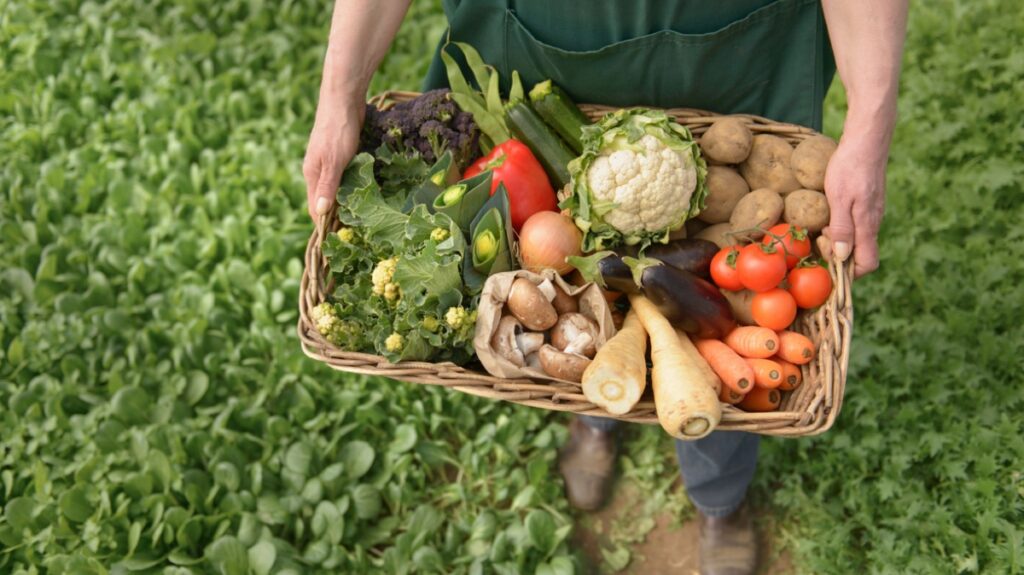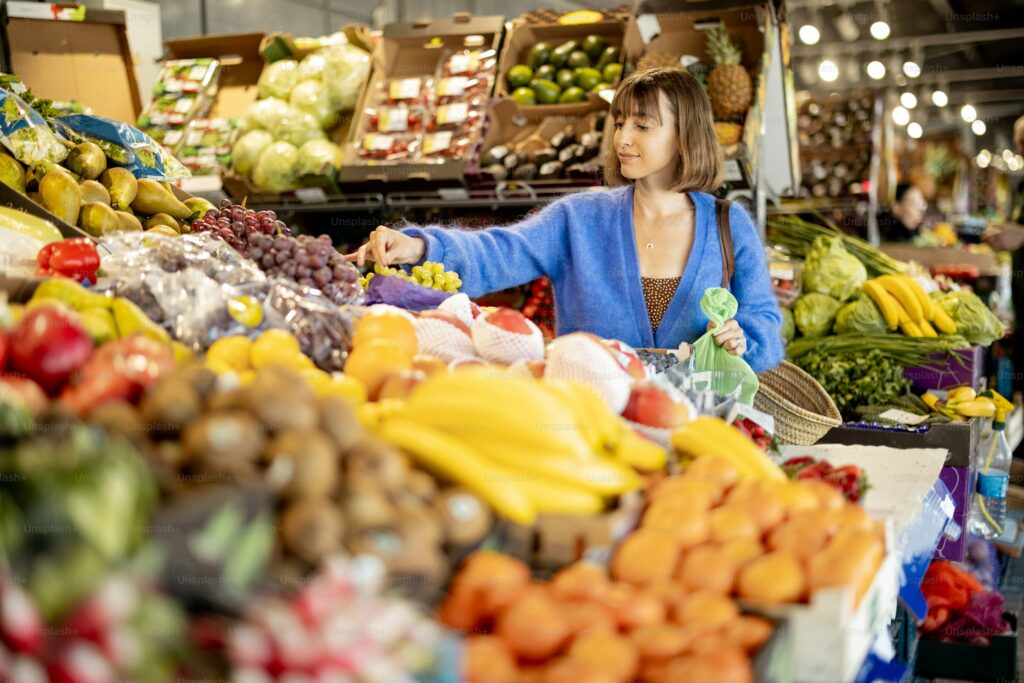The way we eat has a direct impact on our well-being and that of the planet. For their benefit, the best way to consume is by buying food that respects its natural cycle and by reducing the factors involved in the production of the food chain as much as possible.
Seasonal food
Seasonal foods consist of products which are ready for consumption in a particular season, respecting their life cycle. In other words, fruit and vegetables have a specific growth based on the climatic conditions of each territory and season of the year. This is because each season is marked by specific characteristics, which may or may not favour their natural growth.
To help people identify whether a food is in season or not, the organisation Greenpeace has created a guide containing a calendar, the benefits of following this type of diet and some curiosities, called: ‘The guide to seasonal fruit and vegetables for people who want to help change the planet’.

Buy locally
The consumption of seasonal food is closely linked to local production. This style of eating means indirectly buying products grown in your own territory. In opposition, buying fruit and vegetables that are available all year round means importing products from other places or countries.
The difference between local consumption and consumption of imported products lies in their agri-food chain. In other words, it depends on the processes that cover the entire food production chain, according to the Food and Agriculture Organisation of the United Nations (FAO). In both cases, the cultivation and transportation of these products are the processes by which there is the least or most environmental impact on the planet.

This footprint can be reduced by consuming 0 km or proximity products. Local products are foods sold in areas close to where they were produced. The most common retail points for these products are the local markets or farmers’ shops in your area. Some supermarkets also promote the purchase of these products, separating them from the others and explicitly stating that they come from local activities. On the other hand, the Spanish Ministry of Agriculture, Fisheries and Food has created the Search Engine for Proximity Food Sales Platforms to make it easier for citizens to trace these retail points.
Benefits they provide
El Origen is a project promoting the visibility and potential of local foods. The benefits of these products are listed on its website, in which the following aspects are highlighted:
- The use of nutrients: The products are fresher and retain all their properties. Therefore, their adequate consumption helps to acquire the nutritional values and vitamins necessary to face the time of year of their life cycle.
- Supporting local production: Buying food from local producers supports the production of the local economy.
- Reducing environmental impact: Buying local products reduces the import of foreign products and the pollution caused by transporting them.
- Reducing food waste: Large grocery stores often discard food that is not attractive to the eye. On the other hand, farmers and local vendors offer their products indiscriminately.
How do I consume these foods correctly?
The World Health Organisation (WHO) recommends the consumption of five portions of vegetables a day, with three pieces of fruit and two pieces of vegetables being the most advisable. In line with these recommendations, the Government of Catalonia has collaborated in the creation of the ‘5 a day’ campaign, an initiative that seeks to promote healthy eating among the population. Among the actions carried out, they have designed a practical guide for the purchase, preservation and consumption of fruit and vegetables. These guidelines show how to handle and make the most of what these foods can provide.

In addition, to further contribute to the well-being of the planet through your diet, you can consult the article ‘Eating more sustainably also feeds the planet’ published by this magazine.





